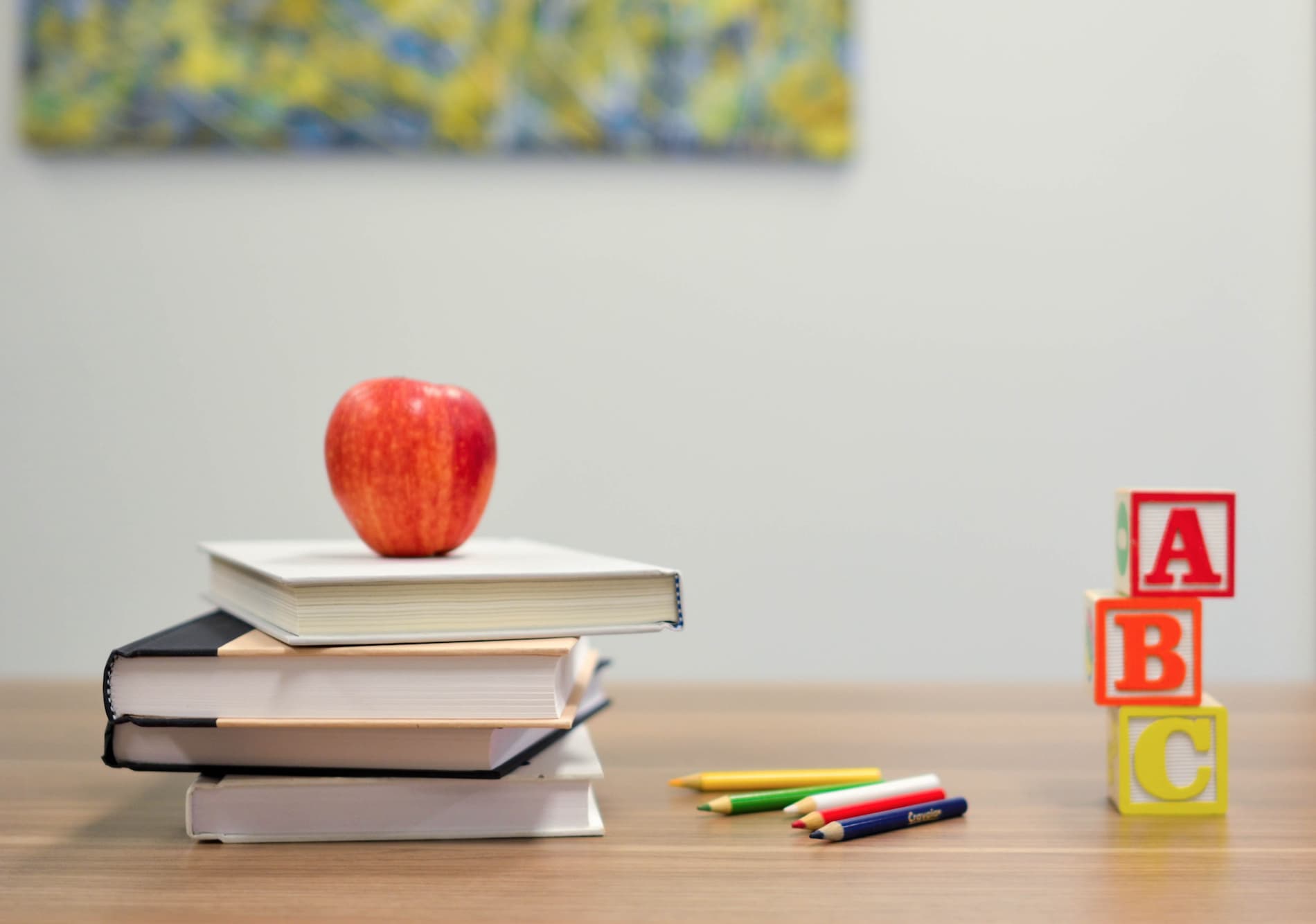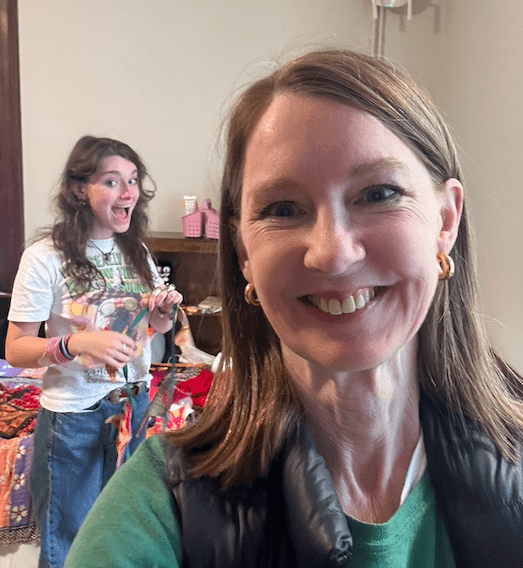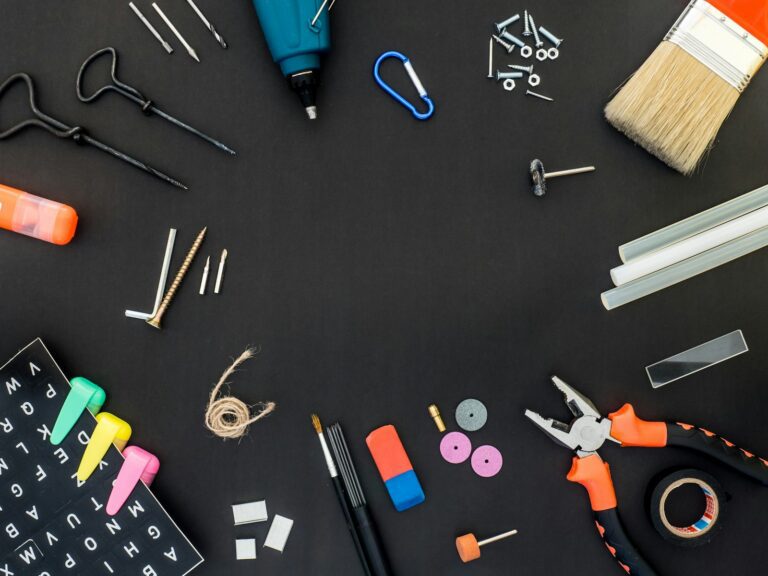One of my resolutions is to treat myself like a toddler. I’ve found that much of the advice aimed at children is just as helpful for me.
For instance, I’m reading Nicole Malenfant’s Routines and Transitions: A Guide for Early Childhood Professionals (non sequitur: a surprising name for a childhood expert). She lays out several strategies for teachers to use in establishing routines and transitions for children. I’m going to try to apply them to myself.
Here’s a tips list, loosely adapted:
- Turn routines into games. My evening tidy-up, while not quite a “game,” is kind of fun and quite relaxing.
- Control the level of noise. I’m much calmer when there’s no TV or music playing in the background. (Except at night. Weirdly, my husband and I fall asleep to all-news radio.)
- Organize space so it’s attractive, well organized, and well lit. One of my most important Secrets of Adulthood: Outer order contributes to inner calm.
- Plan times each day for relaxing activities. Why is this so hard for adults?
- Encourage a feeling of belonging, e.g., by displaying children’s work and pictures. I have a resolution to Cultivate a shrine.
- Consider children’s reactions when making an unavoidable change. I do better with routines and predictability. I don’t react well when there’s a sudden change in the schedule.
- Balance indoor and outdoor activities. Just going outside into the sunlight gives a mood boost.
- Make sure there’s plenty of time to get things done without rushing. This makes a huge difference in my day-to-day happiness. In Happier at Home, I write a lot about my struggle to create an unhurried atmosphere at home.
- Provide opportunities for curiosity and creativity.
- Speak in a calm voice. This is a big issue in my home. We talk all the time about “a kind voice,” “a mean voice.”
- Explain the behavior you’d like to see in a clear, respectful way. Not “Settle down,” but “Sit in your chair with your feet under your desk.” Not “I could use a little help around here,” but “Please unload the dishwasher so we can get the dirty dishes out of the sink.”
- Meet people’s basic needs. Children and adults need to eat, drink, go to the bathroom, rest, and spend time outside.
It’s such a cliche to say that “I learned everything I need to know in kindergarten,” but I find that sometimes the most basic ideas are quite effective.




